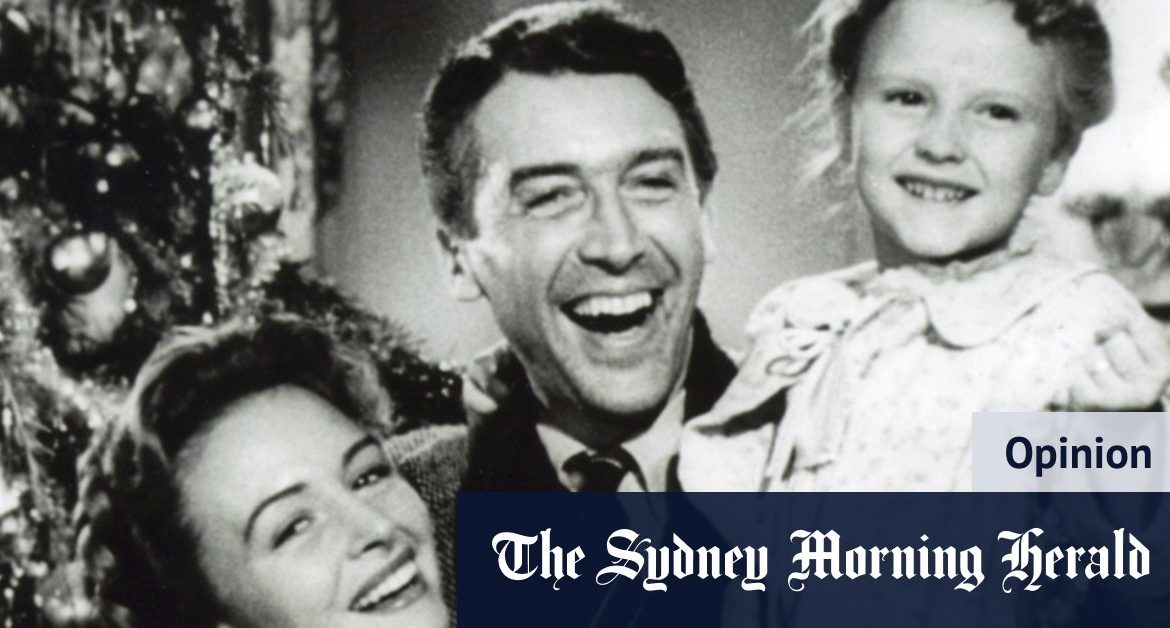In previous years, perhaps counter-intuitively, this was the best time of year to work in mental health.
The Christmas holidays, despite conventional wisdom, have always been a time of relative safety. A 2005 study of 140,000 suicides found fewer events during the Christmas holidays. Separate research by Randy and Lori Sansone in 2011 found that there was less self-harm, fewer presentations to mental health services, and fewer emergency presentations during this period. Mental health wards had been traditionally, if not emptied, certainly in much less demand.
Like most things, this has not been the case for 2020. We have seen a surge of mental health presentations related to all the intangible repercussions of this pandemic – unemployment, isolation, and exacerbation of pre-existing mental illness. The Black Dog Institute noted a projected rate of 25per cent to 33 per cent of the community experiencing pathological anxiety, based on Bults’ 2015 study of the H1N1 pandemic.
My Christmas, as is for many, has changed. I cannot remember when I last planned a Christmas Eve without my whole family together at the dinner table. It is reasonable to think whether this is the year Christmas failed us.
At a time like this, it is worthwhile to think of phenomena. The term “phenomenon” comes from the Greek phainómenon, meaning “that which appears”, referring to an event that can be observed by the senses – such as a sunrise or a movement. Immanuel Kant contrasted it with “noumenon”, an event which could not be sensed. This was combined by Edmund Husserl to achieve our modern “phenomenon”, an event with internal subjective experiences.







